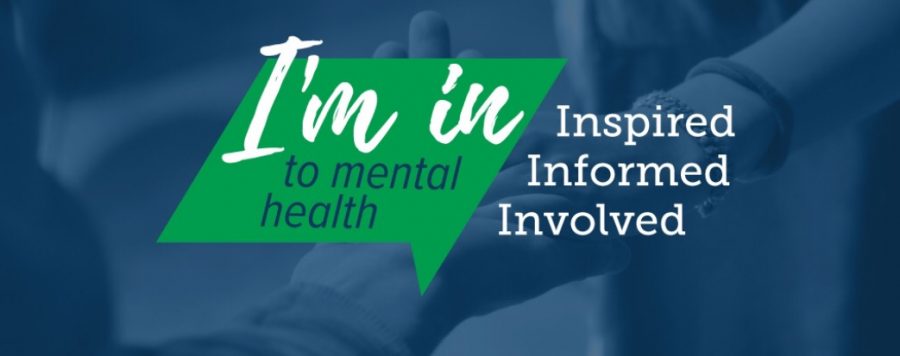Mental Health Awareness Week
The First Week Of October Focuses On Mental Health Awareness
The symbol for Mental Health Awareness Week 2017 features two people supporting each other by holding on to each other’s arms (courtesy of NAMI).
October 4, 2017
Mental Health Awareness Week is Sunday, October 1 through Saturday, October 7. Throughout this week, the National Alliance on Mental Illness (NAMI), along with many participants across the country, raise awareness of mental illness by educating the public, fighting stigma, providing support, and advocating for equal care.
What is the difference between mental health and mental illness? Mental health is our mental well-being, such as our emotions, our thoughts, and etc. A mental illness is an illness that affects the way people think, feel, behave, and interact with other people. Mental health problems can be caused by environmental stress, genetics, chemicals in the brain, or a mixture of these.The most common types of mental illnesses are depression and anxiety. According to the National Institute for Mental Health for the US, about 12.5% of all teenagers ages 12-17 experience depression before they reach adulthood. If students have a mental illness, or think they do, they should see a counselor.
There are ways to help people who have a mental illness.
“If you know someone with a mental illness, don’t label them as broken, ” said Ms. Sheree Coffman, the student assistance counselor. “Instead, help them find a counseling service that can help them. Let them know that it can get better.”
Some people wish more people knew about mental illness awareness.
“One day, I hope we we can get to a place in society where we can look at depression and anxiety as a real disease,” explained Coffman. “A real disease such as cancer and heart disease.”
One in every five people in the United States have a mental illness. According to NAMI, about 45% of these people go untreated. The people who go untreated don’t have access to care without insurance, they can’t afford to pay the fees of counseling or medicine, they don’t know where they could go for help, and/or they don’t have a way of transportation.



